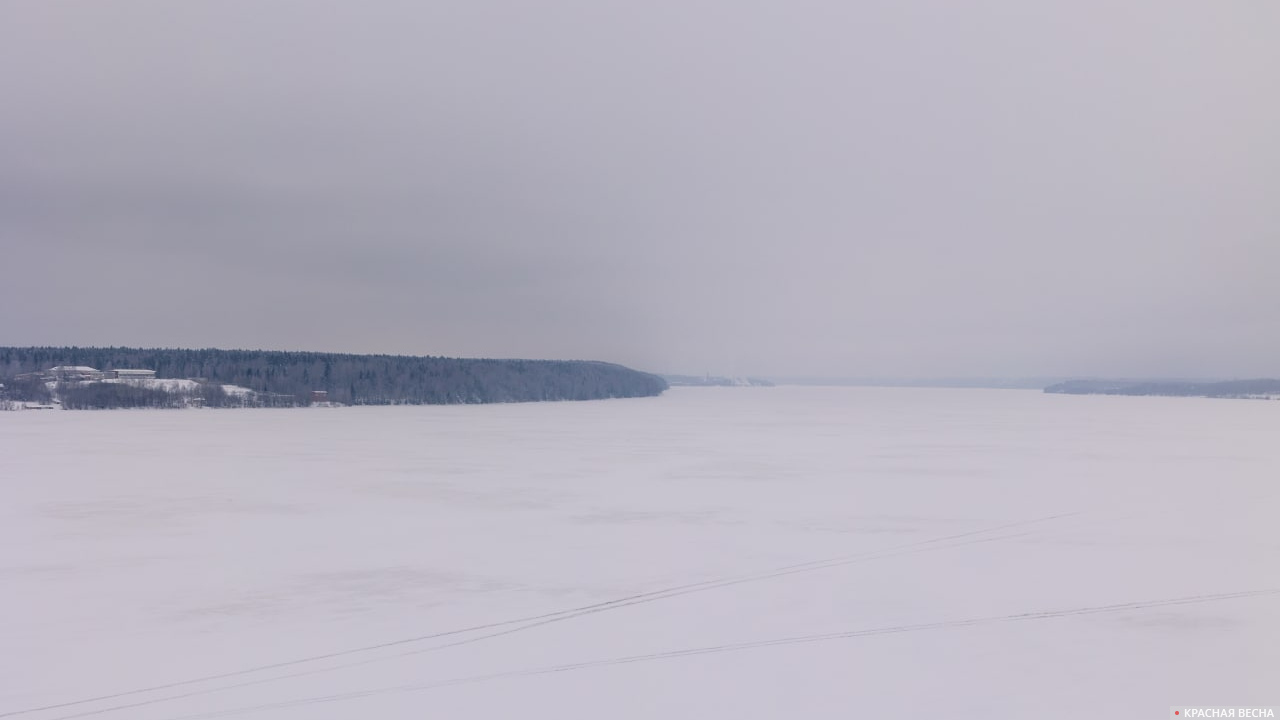
Scientists from Tyumen State University (Tyumen State University) successfully completed two expeditions on the territory of the Yamalo-Nenets Autonomous Okrug (YaNAO) in March, on April 6, the university’s press service reports.
The work was carried out in accordance with the Arctic scientific agenda of the West Siberian Interregional Scientific and Educational Center of the World Level (ZapSibNOC).
During the first expedition, scientists from Tyumen State University, the Institute of Water and Environmental Problems of the Siberian Branch of the Russian Academy of Sciences and the Scientific Center for the Study of the Arctic, within the framework of the long-term project “Environmental Safety of the Ob-Irtysh river basin”, studied the hydrological characteristics, physicochemical and biological indicators of the Ob.
The materials obtained by the scientists during the expedition will be used to develop measures to improve and guarantee the environmental safety of the Ob River basin in the context of global climate change.
The expedition members had to determine the hydrological characteristics of the river at the beginning of spring, when the water level in the river is minimum. In addition, they took samples for subsequent geochemical and hydrobiological laboratory studies.
The head of the expedition, director of the Institute of Earth Sciences of Tyumen State University, Vitaly Khoroshavin, spoke about his tasks:
“A feature of the winter period of 2022-2023 is the low water level in the lower reaches of the Ob that has already been occurring for the fifth year. Starting from 2020, every year the water level is lower and lower, respectively, more difficult environmental conditions can be expected in the river. Although the preliminary results of the investigation of March 2023 indicate that the quality of the waters and soils is improving slightly..
So, after the depression established in March 2021 at the Ob site in the village of Kazym-mys, the bottom ecosystems began to be gradually restored, the mass and biological diversity of the benthos increased, the communities of organisms living in the bottom of bodies of water.
A positive sign revealed in the course of field hydrochemical studies is a sufficient amount of dissolved oxygen in the river waters.
The difficulty of moving along the snow-covered river bed did not prevent the expedition from traveling more than 800 km on all-terrain vehicles from the southern border of the YNAO (Kazym-mys) to the village of Salemal at the mouth of the Ob.
The second expedition of Tyumen State University took place in the catchment areas of four small thermokarst lakes in the Tazovsky district of YNAO. Its participants were employees of the ZapSibNOC project “Laboratory for Soil Science and Isotope Biogeochemistry”.
During the expedition, samples of snow cover, lake water and ice were taken, as well as organic sediments from the bottom, whose laboratory analysis will allow studying the geochemistry of the landscape in oil-producing areas, as well as carrying out paleoclimatic studies.
These spring expeditions became the beginning of work in 2023 of the “Yamal Arctic Expedition of Tyumen State University. During its celebration, valuable scientific material was collected, said the director of the Research Institute of Ecology and Rational Use of Natural Resources of Tyumen State University, Professor Andrey Soromotin.
Source: Rossa Primavera
I am Michael Melvin, an experienced news writer with a passion for uncovering stories and bringing them to the public. I have been working in the news industry for over five years now, and my work has been published on multiple websites. As an author at 24 News Reporters, I cover world section of current events stories that are both informative and captivating to read.
